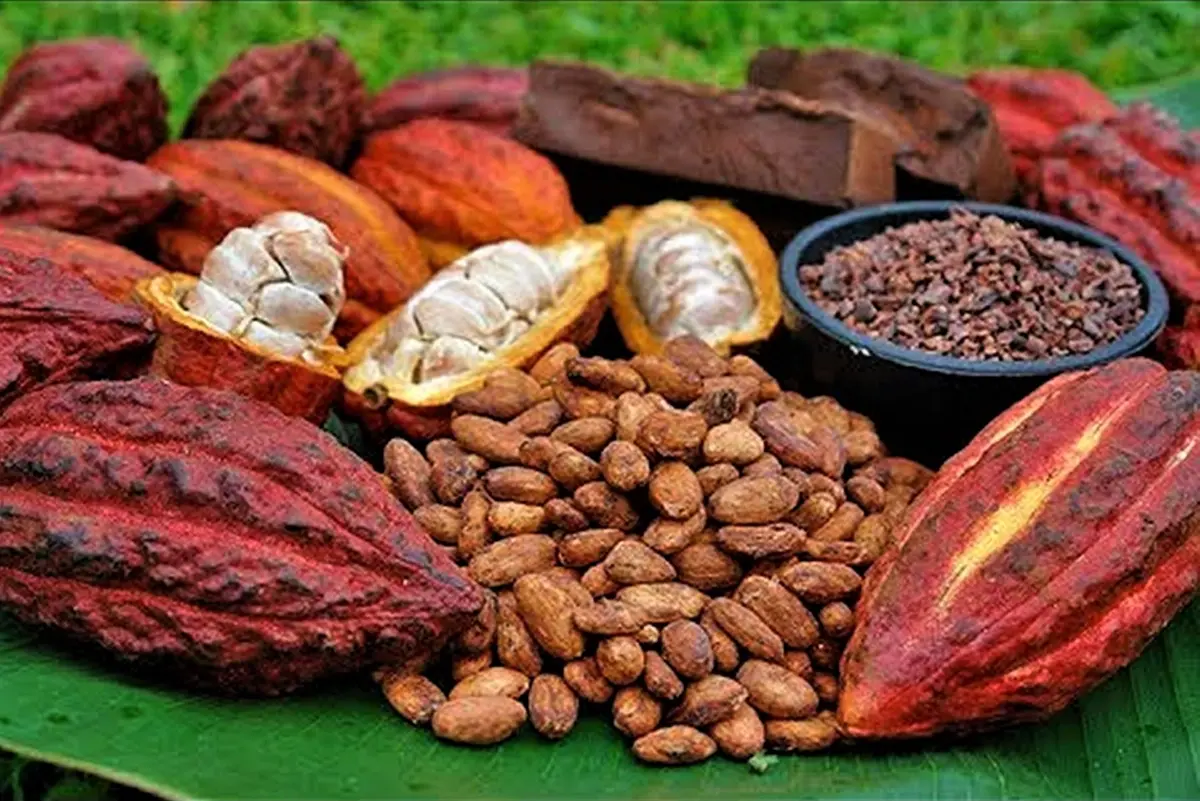
Commodities. Cocoa: prices fall across all markets.
European corn prices rise again after five consecutive months of declines

After record inflation over the past four crop years, cocoa consumption is showing clear signs of slowing. Grindings (the processing of cocoa beans) in the main consumption regions are in sharp decline. The European Cocoa Association reports that grindings in the second quarter of 2025 decreased 7.2% year-over-year to 331,762 t, the lowest quarterly figure since 2019/20 and a steeper decline than expected of 5%. The Asian Cocoa Association, however, reports a 16.3% year-over-year decline in Q2 2025 to 176,644 t, the lowest figure for the quarter in the last eight crop years. Finally, the North American Cocoa Association reports a 2.8% year-over-year decline to 101,865 t, the lowest figure for the quarter in at least the last 13 crop years.
According to Areté's analysis, since the start of the 2024 campaign (October), overall grindings in the three regions have fallen 9.4% year-over-year and 10% compared to the previous quarter, the lowest level since the 2016/2017 campaign. Cocoa bean prices listed on the ICE Europe financial market have fallen 38% since mid-May, falling 12% in the last week alone. In July, the average price is 24% lower than in July 2024, but still 185% higher than the five-year average before the 2023/2024 campaign.
In the first weeks of July, European corn prices rose again after five consecutive months of decline: on average, compared to June, they increased by 6.8% on Euronext's first expiry and by 5% on Bordeaux. National price lists also recorded increases: +3.4% for food corn in Milan and +5.6% for the 103 contract in Bologna, which reached its highest level since August 2024. According to Areté, the rise in corn mitigated the declines in basic soft wheat, which had opened the new season down 8% in Bologna due to a bountiful European harvest, but recovered 3.4% between the end of June and mid-July.
The main bullish factor in the corn market is concern that unfavorable weather conditions in the European Union and the Black Sea region could compromise yields for the upcoming season. High temperatures and low rainfall have brought soil moisture to historic lows, while the NDVI (Vegetation Index) remains significantly below the multi-year average. Combined with the expected reduction in cultivated acreage in the EU (-5.2% according to USDA), these challenges could severely limit production potential for 2025/26, a season expected to open with initial stocks down 13%, thus increasing the importance of the new harvest to ensure adequate supply levels.
EFA News - European Food Agency